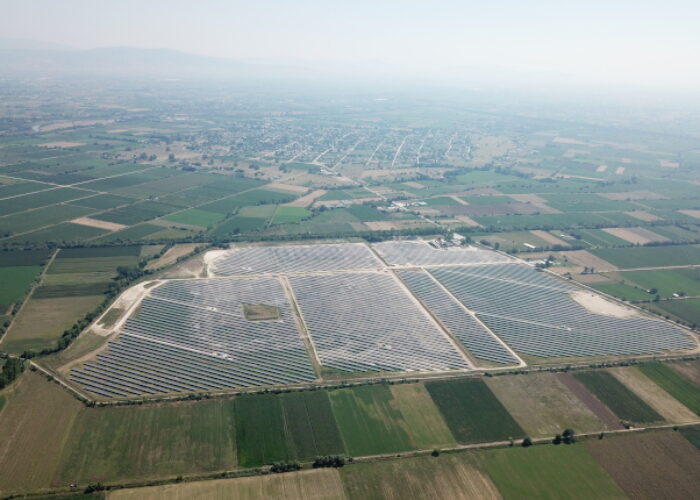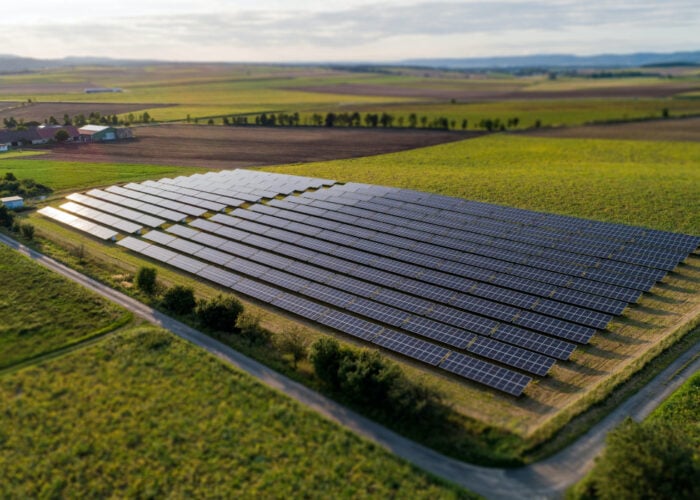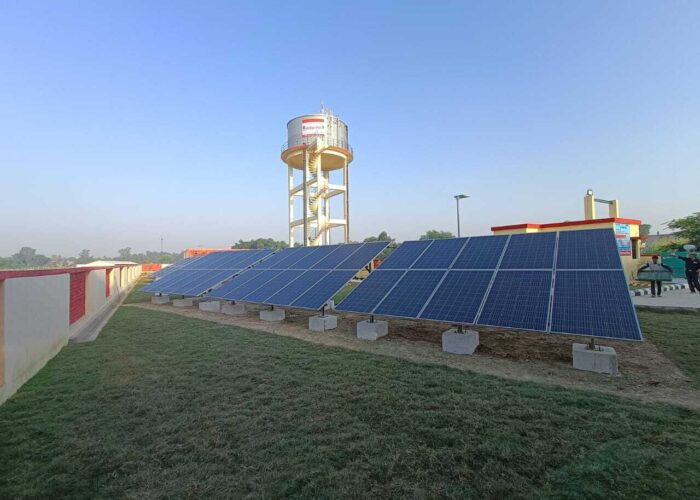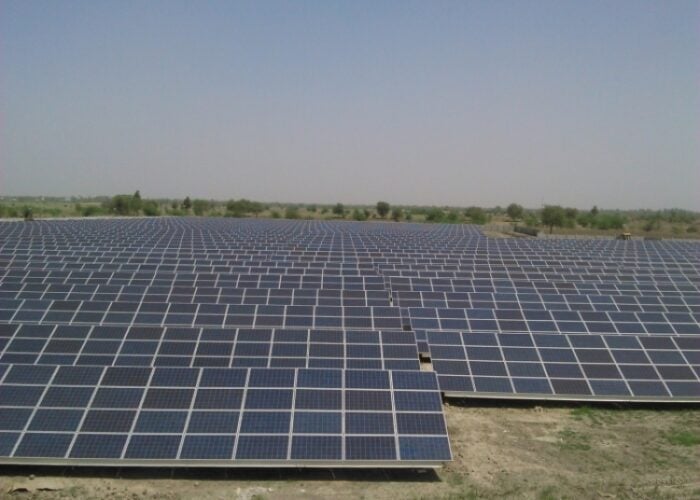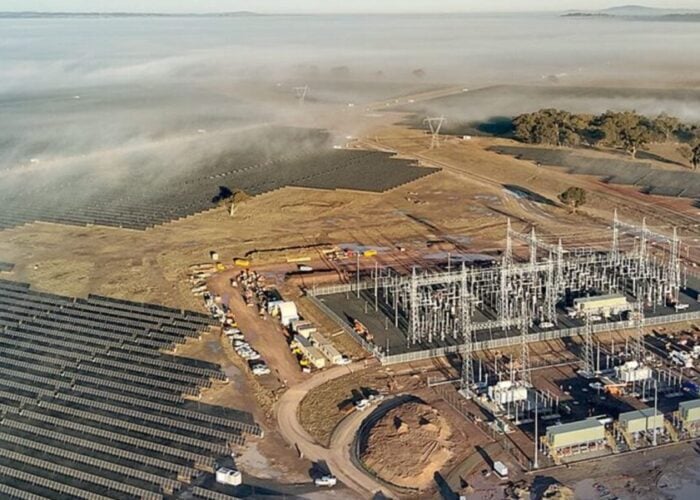Product Briefing Outline:
Momentive Performance Materials, Inc. recently launched a new product
line of Pyrolytic Boron Nitride (PBN) crucibles, heaters and coatings
to consider for the enhancement of the production of CIGS (copper,
indium, gallium, selinide) solar cells.
Problem: Compared to other alternative ceramic
materials, PBN potentially provides a higher level of chemical and
thermal stability and a lower total cost of ownership. Due to the
relatively low wetting of PBN by most molten metals, PBN typically
withstands the high temperature and high-volume throughput demands of
CIGS solar cell manufacturing with minimal deterioration.
Unlock unlimited access for 12 whole months of distinctive global analysis
Photovoltaics International is now included.
- Regular insight and analysis of the industry’s biggest developments
- In-depth interviews with the industry’s leading figures
- Unlimited digital access to the PV Tech Power journal catalogue
- Unlimited digital access to the Photovoltaics International journal catalogue
- Access to more than 1,000 technical papers
- Discounts on Solar Media’s portfolio of events, in-person and virtual
Solution: Pyrolytic
Boron Nitride (PBN) is an anistropic, high-temperature ceramic that
exhibits a unique combination of high electrical resistance and good
thermal conductivity. This non-toxic, non-porous compound is
exceptionally pure by virtue of the synthesis process (high
temperature/low press chemical vapor deposition). It can be deposited
or easily machined into a wide variety of shapes, including crucibles,
boats, tubes, bottles and machined plate products. As coatings on
graphite, it may help protect heaters and evaporation sources from the
corrosive effect of molten metals. PBN’s directional thermal
conductivity provides improved “heat spreading” capability for improved
temperature uniformity, according to the company. The combination of
high strength, good thermal conductivity and a low coefficient of
thermal expansion make the materials extremely resistant to thermal
shock, the company claims.
Applications: CIGS (copper, indium, gallium, selinide) solar cells.
Platform: Pyrolytic Boron Nitride (PBN) and Pyrolytic Graphite Crucibles, Heaters and Coatings.
Availability: October 2007 onwards.

